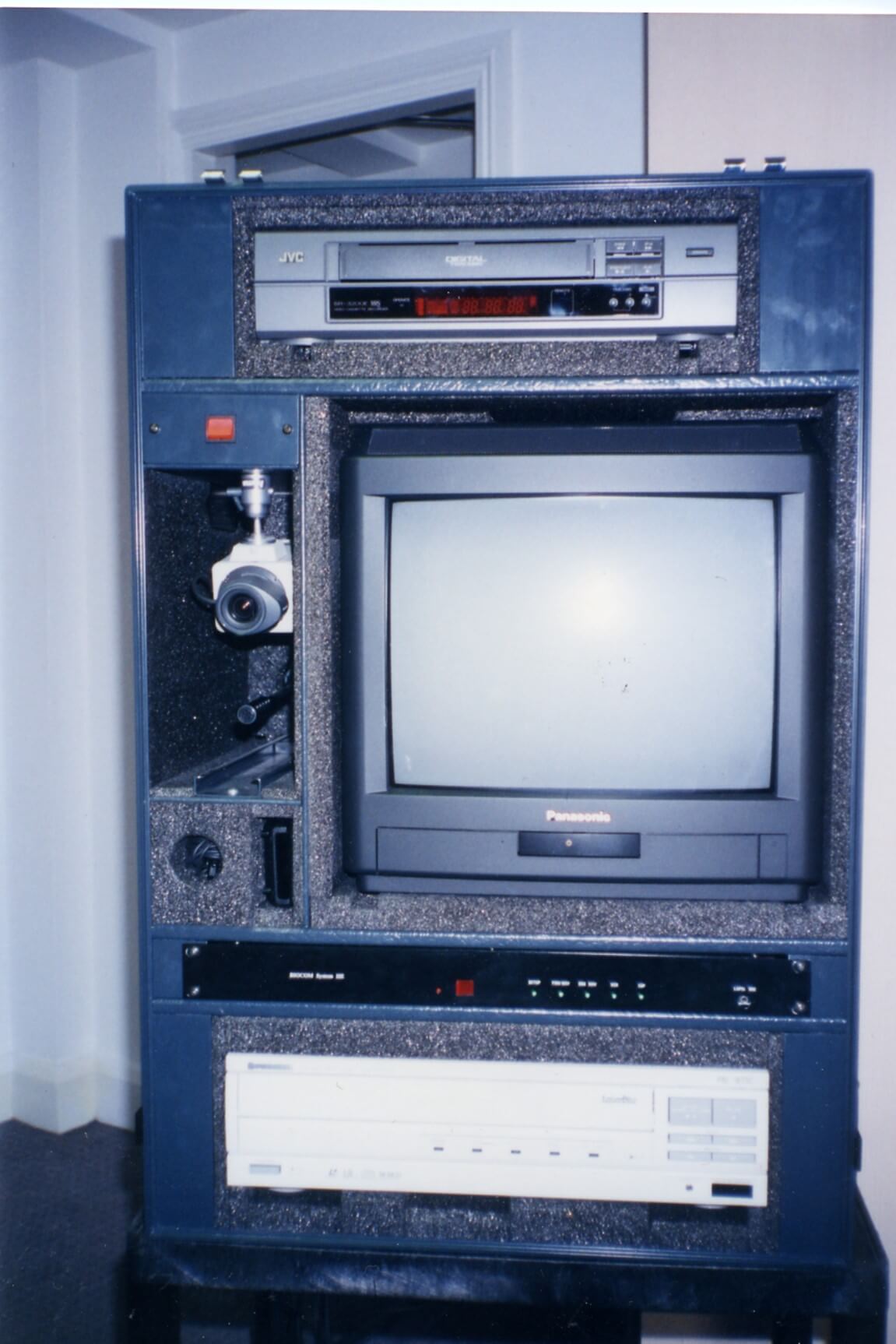History of ACTS

In 1989, Biocom (New York) was tasked with developing a method to train doctors and nurses, in hospitals across the US, how to communicate with the families of potential organ donors; to explain difficult concepts, like brain death and end of life, and to request the donation of organs and tissues for transplantation. The solution had to be cost effective, time efficient, and be available at any time, from any location, with minimal external support.
This lead to the creation of the Active Communication Training (ACT)concept and the development of the Active Communication Training Simulator (ACTS).
At that time, computers were quite limited. To make our system work, we needed “The Box.” This was a package of hardware that included: a TV, video camera, microphone, VHS recorder, laser disk player (big disks, like an old LP) and a control unit, that we built by hand, which would switch on and off each of the components at the right time in the exercise. The Box weighed over 50 kilograms (110 lbs).
Following this, Biocom developed sales training programs for pharmaceutical sales reps in the US, financial advisors at Banks in the UK, private bankers in the US, and insurance salesmen in Switzerland.
By the mid 1990’s it was clear that technology was beginning to catch up with our concept and one by one, the job done by each piece of equipment in The Box could now be done by a computer.
Today, ACTS is just software, which can be run on any computer, desktop, laptop, notebook, Windows tablet, or iPad.
